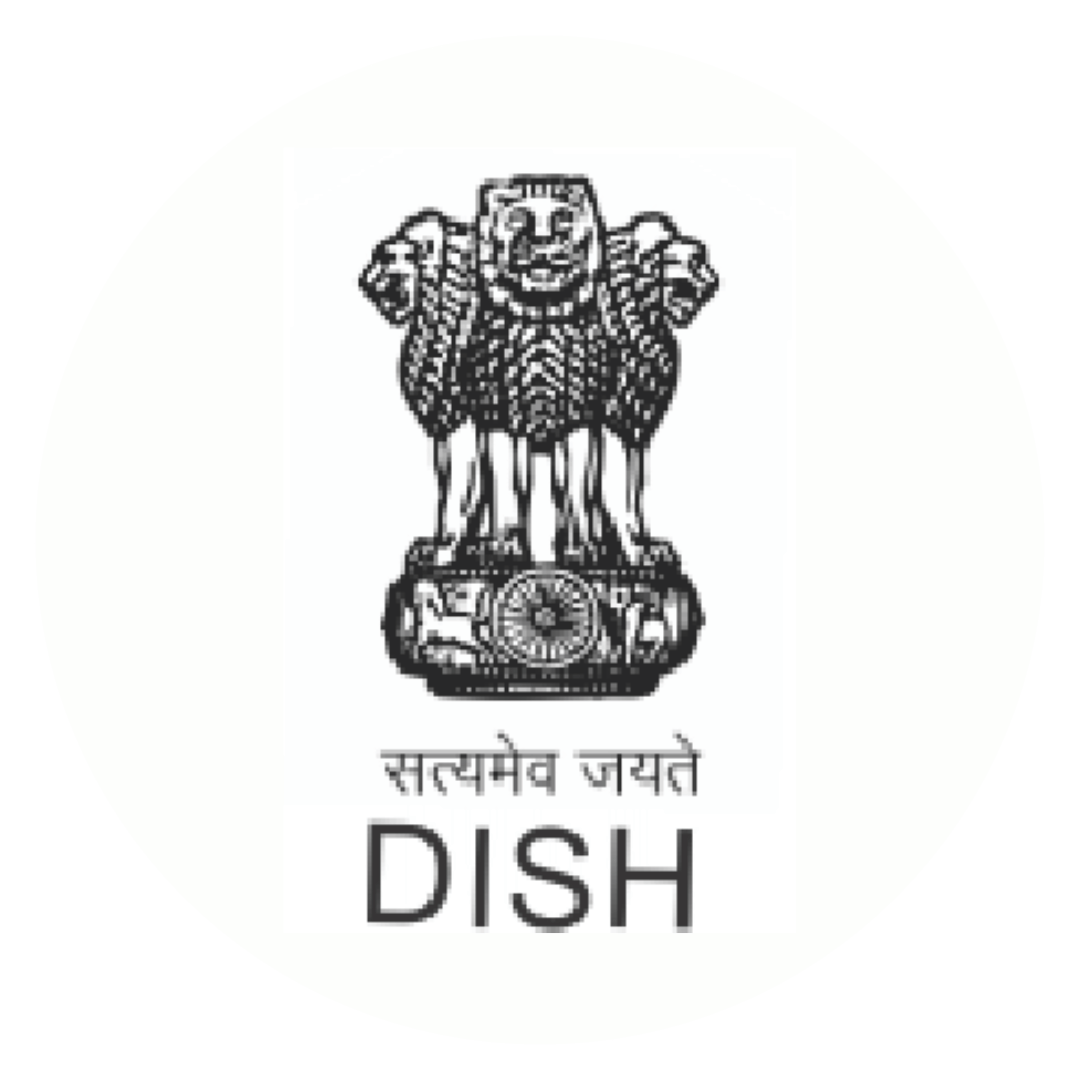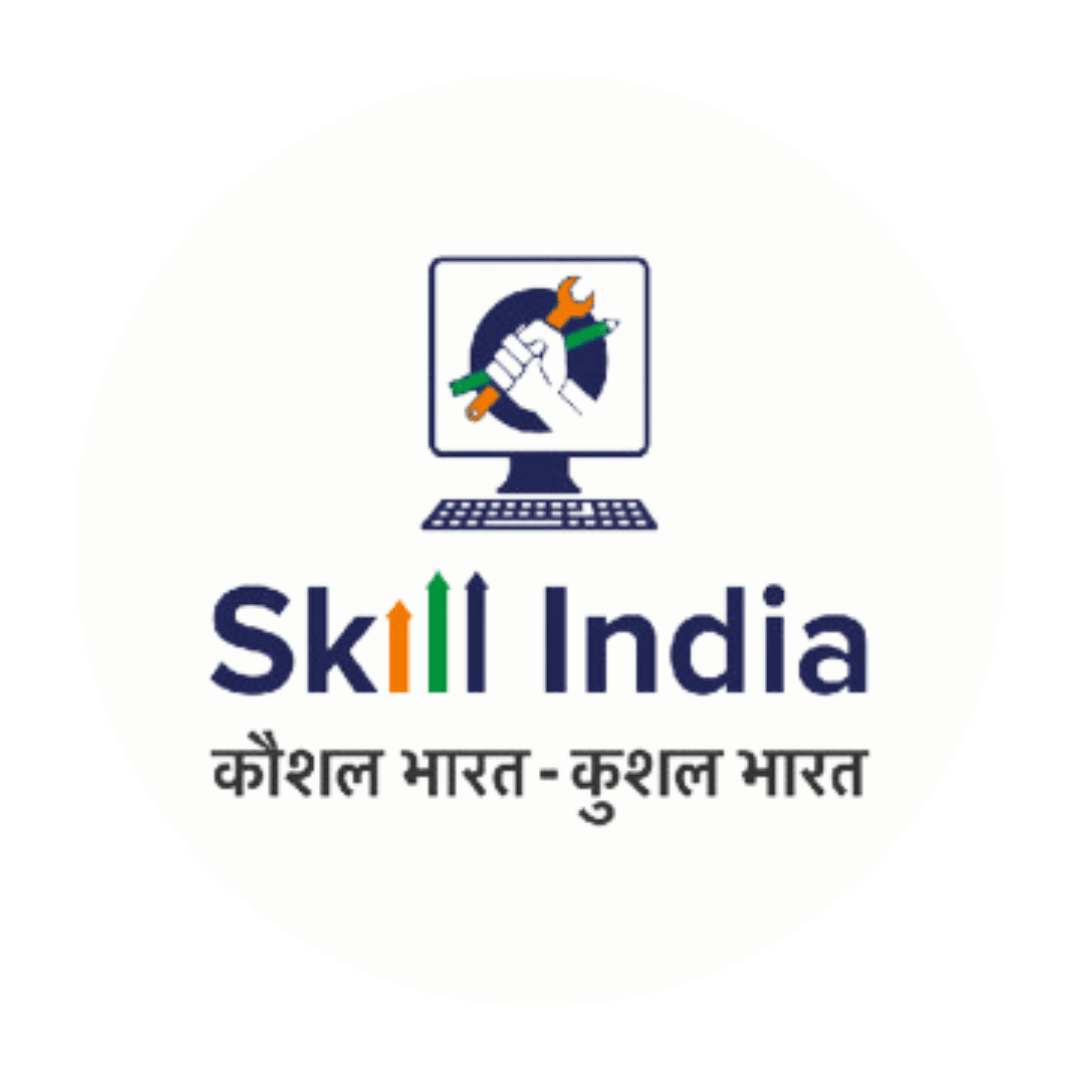Hazard Reporting Software
Hazard Reporting Software or Accident Reduction Tool (ART) is designed to help reduce accidents and improve safety in various contexts, such as workplaces, construction sites, or manufacturing facilities, protecting assets, reducing liability, and enhancing overall business performance.
Hazard Reporting App supports observation by helping to report hazards, at-risk behaviour and near-miss events from your smart phone.





Objective of Hazard Reporting Software
The objective of this Accident Reduction Tool (ART) application is to streamline the incident reporting, investigation, and resolution process within an organization. It aims to facilitate effective communication between users, department safety officers, and engineers to ensure timely resolution of safety issues and promote a culture of safety.

Features and Functionality of Hazard Reporting Software:-
- User-friendly Form Submission: Users can easily fill out the ART report form with details such as observation category, type of incident date, etc., and submit it for review.
- Workflow Management: The ART manages the workflow by routing the submitted form to the department safety officer for review and further action.
- Root Cause Analysis: Department safety officers can analyze the root cause and attach relevant files for reference.
- Action Assignment: Department safety officers can take action by sending the report back for correction, accepting and assigning it to an engineer, or discarding it.
- Correction Loop: If the report is sent back for correction, it returns to the user for necessary changes and then goes back to the department safety officer for review.
- Engineer Assignment: If the report is accepted and assigned to an engineer, the engineer receives it in their action bucket for further processing.
- Progress Tracking: Engineers can update the progress of their assigned tasks, request a revision of the target date if need, or mark the task as completed.
- Revision Requests: If the engineer requests a revision of the target date, the report returns to the department safety officer for reassignment.
- Completion and Approval: Upon completion of the task, the engineer adds comments and uploads relevant files before submitting the report for approval.
- Approval Process: The department safety officer can either send the report back for correction or approve and close it, adding final comments before closing report.
- Report Submission: Allows users to fill out incident report reports with relevant details and submit them.
- Routing and Review: Routes submitted reports to department safety officers for review and further action.

Why Use Hazard Reporting Software
- Efficiency: Streamlines the incident reporting and resolution process, reducing manual effort and time spent on administrative tasks.
- Transparency: Provides visibility into the status of incidents, ensuring accountability and promoting timely resolution.
- Communication: Facilitates communication between users, department safety officers, and engineers, improving collaboration and information sharing.
- Compliance: Helps ensure compliance with safety regulations and standards by documenting incidents and their resolution.
- Continuous Improvement: Enables organizations to identify trends, facilitating root cause analysis and proactive safety measures.
Related Software

Safety Maturity Survey
- Ensures safety dedication and participation.
- Provides training programs and identifies risks.
- Establishes reporting mechanisms and enforces procedures.
- Tracks metrics and enhances safety.
- Streamlines software and uses resources efficiently.

Personal Safety Action Plan
- Manages safety plans, promotes safe behavior.
- User-friendly interface, auto user details.
- PSAP period selection, detailed plan management.
- Real-time collaboration, data filtering.
- Data-driven decisions, enhances safety.

Contractor Safety Management
- Implements policies and procedures.
- Ensures contractor safety on-site.
- Assesses contractor qualifications.
- Provides safety training.
- Enforces safety regulations.
- Conducts regular inspections.
FAQs
The Accident Reduction Tool for Safety is an advanced software solution designed to help organizations identify, manage, and reduce workplace incidents. It leverages data analytics, real-time monitoring, and predictive modeling to enhance workplace safety.
The tool is beneficial for industries with high safety risks, including construction, manufacturing, transportation, and healthcare. Safety managers, compliance officers, and operational supervisors can particularly benefit from its features.
The tool offers features such as real-time incident reporting, hazard identification, risk assessment, predictive analytics, compliance tracking, and comprehensive safety training modules.
The predictive analytics feature uses historical data and machine learning algorithms to identify patterns and predict potential accidents before they occur, allowing for proactive measures to be taken.
The implementation process involves an initial assessment of the organization's current safety practices, followed by customization of the tool to meet specific needs. Training sessions are conducted for staff, and continuous support is provided for seamless integration
Yes, the tool is designed to integrate with existing safety management systems and other enterprise software solutions to ensure a smooth transition and comprehensive data utilization.
Data is collected through various inputs, including manual reporting, sensors, and IoT devices. This data is then analyzed















